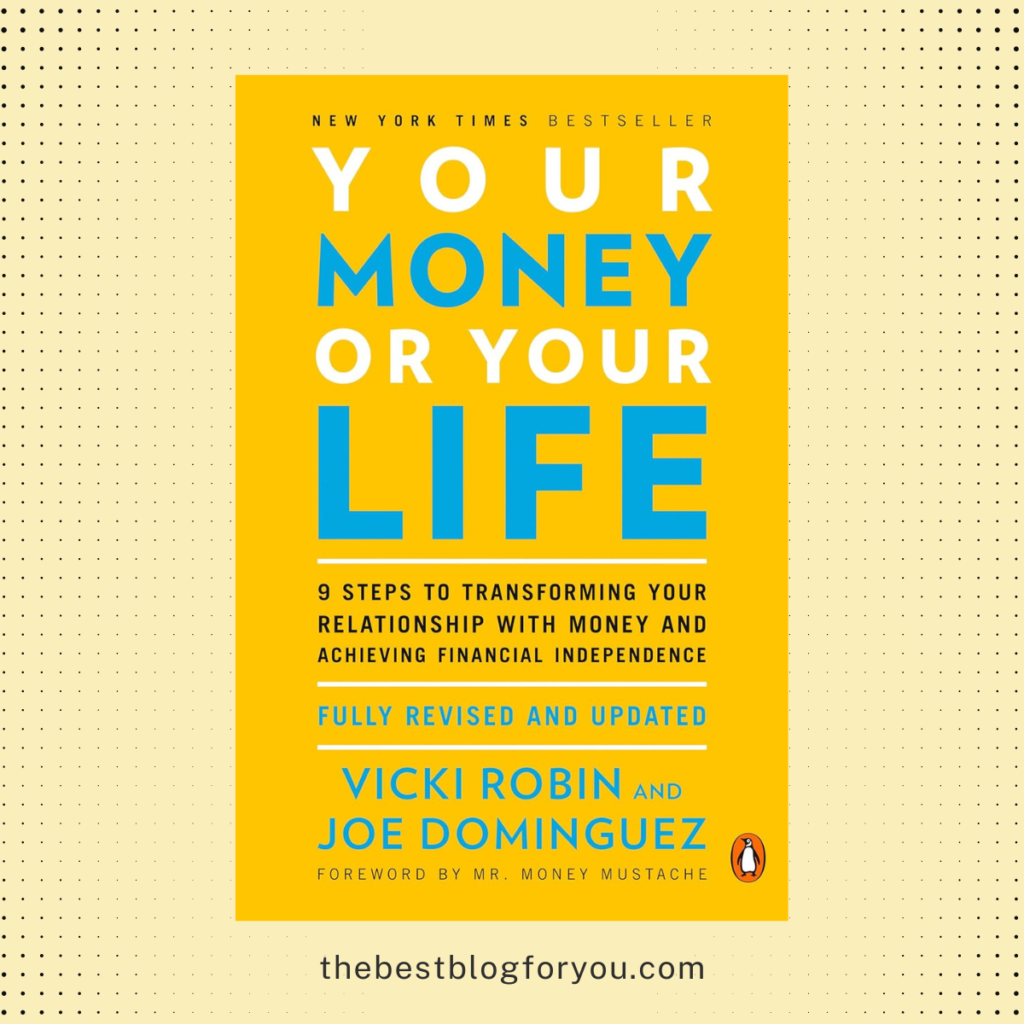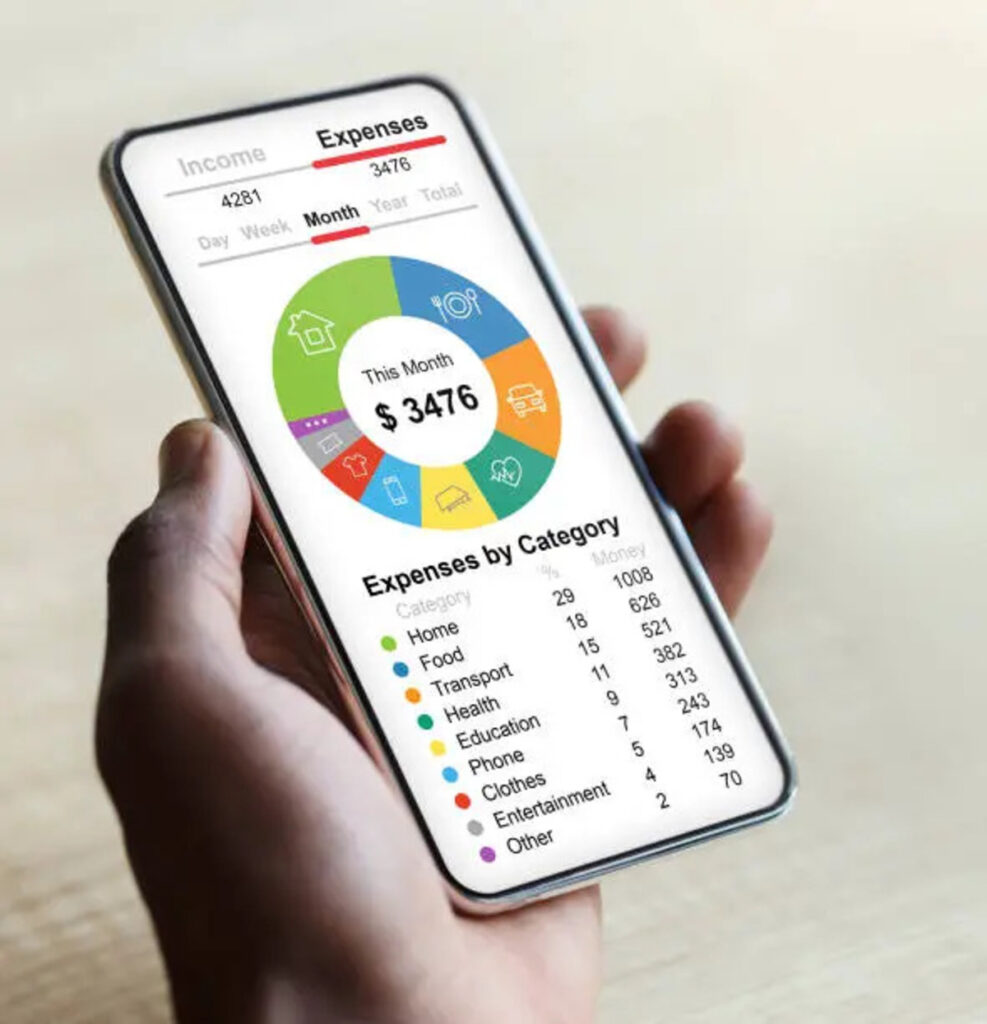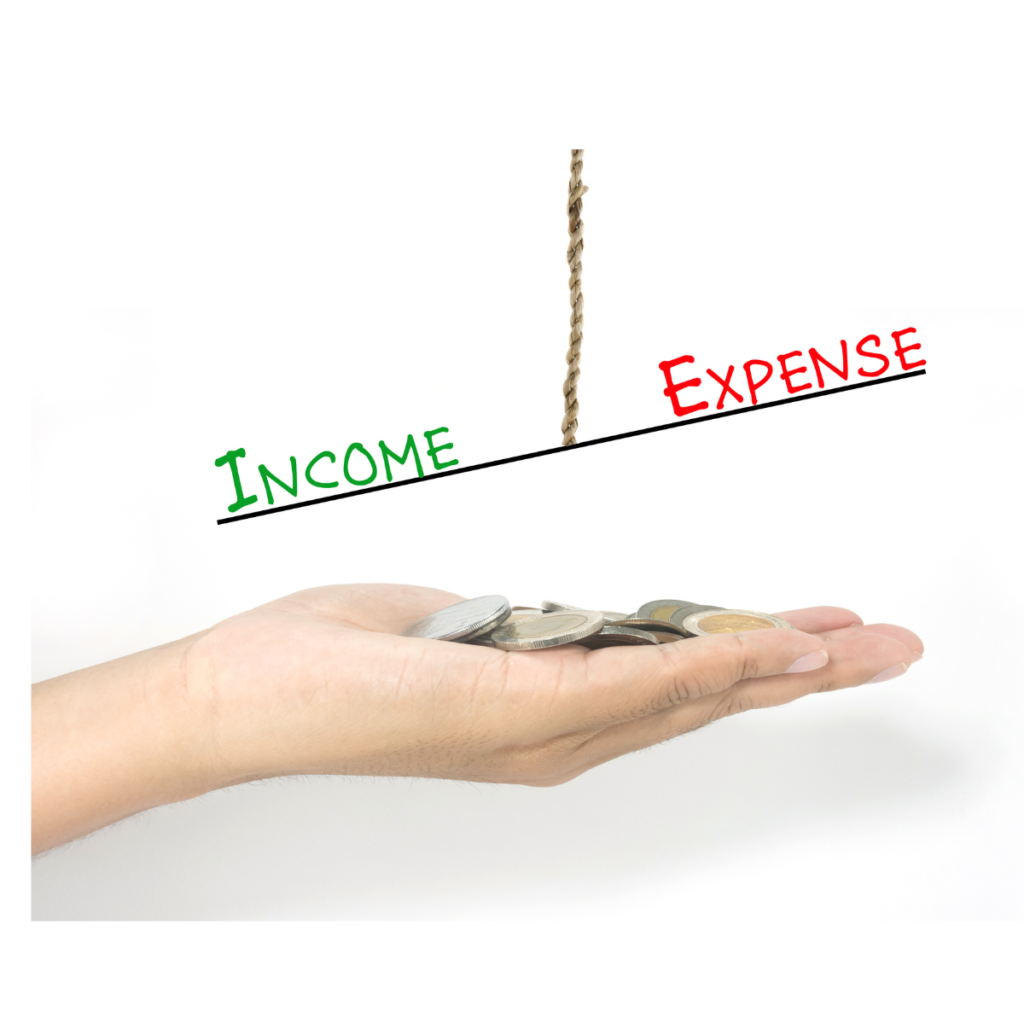
Intro
In a world where money plays a central role in our lives, understanding its true value can profoundly impact our overall well-being. “Your Money or Your Life” is a transformative book that challenges readers to rethink their relationship with money, emphasizing that financial health is about more than just numbers; it’s about life quality. The authors, Vicki Robin and Joe Dominguez, present a comprehensive program aimed at achieving financial independence and aligning one’s spending with personal values. This blog post will explore the essential takeaways from “Your Money or Your Life,” guiding you towards a healthier relationship with your finances.
Understanding the True Value of Money

One of the core ideas in “Your Money or Your Life” is the concept of money as a representation of life energy. This means that the money we earn isn’t just currency; it’s a measure of the time and effort we’ve invested in our work. When we view money through this lens, it becomes clear that every dollar we spend equates to a portion of our lives spent earning it.
This perspective encourages us to scrutinize our spending habits more closely and consider whether our purchases truly add value to our lives. It challenges the common notion of money simply being a tool for acquiring goods and services, instead urging us to see it as a limited resource that requires thoughtful management.
Moreover, this idea prompts a deeper reflection on what we are trading our life energy for. Are we spending our hard-earned money on things that bring us lasting joy and fulfillment, or are we caught in a cycle of consumerism that leaves us feeling unfulfilled? By redefining the value of money in this way, “Your Money or Your Life” encourages a more intentional approach to both earning and spending, making us more aware of the true cost of our financial decisions. This mindset shift can lead to more deliberate and value-driven financial choices, ultimately fostering a more meaningful and balanced life.
Tracking Every Cent to Gain Financial Awareness

Tracking every cent that flows in and out of your life is an essential practice advocated by “Your Money or Your Life” for cultivating financial awareness. Although it may initially seem tedious, this detailed accounting is crucial for gaining a clear picture of your financial habits. By meticulously recording all income and expenses, you can begin to see where your money goes, which often reveals surprising patterns and areas where you might be spending more than you realize.
This process goes beyond simply jotting down numbers; it’s about becoming more mindful of your financial behavior. By keeping a detailed account, you can identify wasteful expenditures that do not contribute to your overall well-being or goals. For instance, you might discover that small, frequent purchases add up significantly over time, draining your resources without adding substantial value to your life.
Moreover, tracking every cent helps in understanding the true cost of your lifestyle choices. It allows you to question and evaluate whether your spending aligns with your personal values and life goals. Are you directing your money towards things that enhance your life, or are you caught in a cycle of spending on non-essentials that provide only temporary satisfaction?
This practice also lays the groundwork for informed decision-making. With a clear view of your financial inflows and outflows, you can make adjustments that better serve your long-term objectives. Whether it’s cutting back on unnecessary expenses or reallocating funds towards savings and investments, the insights gained from tracking your money enable you to take proactive steps towards financial independence.
Additionally, this exercise fosters a greater sense of control over your financial situation. By understanding your spending patterns, you can develop a budget that reflects your priorities and helps you avoid debt. Over time, this increased awareness can lead to a more intentional and empowered approach to managing your finances, ultimately supporting a healthier and more balanced financial life.
Analyzing Income and Expenses to Achieve Balance

Once you’ve tracked your finances, the next step is to analyze your income and expenses. “Your Money or Your Life” encourages readers to categorize their spending into needs versus wants, allowing for a clearer understanding of what truly brings value to their lives. This exercise often reveals areas where you might be overspending on non-essentials, enabling you to prioritize your financial resources more effectively.
By distinguishing between essential and non-essential expenditures, you gain insight into how your spending habits align with your financial goals. Needs are fundamental expenses required for survival and basic well-being, such as housing, food, healthcare, and transportation. Wants, on the other hand, are discretionary items that, while enjoyable, are not necessary for your immediate well-being.
This distinction is critical for making informed decisions about where to allocate your resources. For example, you might find that a significant portion of your income is spent on dining out or entertainment. While these activities may bring temporary enjoyment, they could be redirected towards savings or investments that contribute to long-term financial stability and freedom.
Furthermore, analyzing your income and expenses can highlight opportunities to optimize your budget. You may discover areas where you can cut back without sacrificing quality of life, such as renegotiating service contracts, eliminating unused subscriptions, or finding more cost-effective alternatives for everyday purchases.
Additionally, this analysis helps identify any income disparities or financial imbalances that need addressing. For instance, if your expenses consistently exceed your income, it may be necessary to explore additional income streams or make more significant lifestyle adjustments to ensure financial stability.
Ultimately, by closely examining your income and expenses, you can make more intentional financial choices that support a balanced and fulfilling life.
Transforming Your Relationship with Work and Money

Work and money are often closely linked, with many people feeling stuck in unfulfilling jobs purely for the sake of financial stability. “Your Money or Your Life” challenges this paradigm by urging readers to rethink their approach to work. Instead of viewing employment solely as a means to earn money, the book suggests that work should also provide a sense of purpose and satisfaction.
By examining what you genuinely enjoy doing, you can seek out career paths that align with your passions and skills, making work a more enriching part of your life. This shift in mindset can lead to finding roles that not only pay the bills but also bring joy and fulfillment. The goal is to integrate your values and interests into your professional life, thus creating a more harmonious relationship with both work and money.
The book also highlights the importance of assessing whether your job aligns with your financial and personal goals. For instance, if you find that your current position is high-paying but leaves you feeling drained and unfulfilled, it might be worth exploring alternative opportunities that offer better work-life balance, even if they come with a lower salary. The idea is to find a balance where work supports, rather than detracts from, your overall well-being.
Additionally, the authors suggest adopting a broader definition of success that goes beyond financial metrics. This involves appreciating non-monetary rewards such as personal growth, community impact, and the joy derived from doing meaningful work. By redefining success in these terms, you can cultivate a more positive and productive relationship with both work and money.
In summary, transforming your relationship with work involves seeking fulfillment and aligning your career choices with your core values, leading to a more integrated and satisfying life.
Crafting a Life That Aligns with Your True Values

“Your Money or Your Life” emphasizes the importance of aligning your financial decisions with your core values. It invites readers to take a deep dive into what truly brings them joy and fulfillment. This means evaluating your spending to ensure it reflects your most cherished values—whether those are family, health, travel, or personal growth. By doing so, you create a financial roadmap that supports your overall well-being.
This alignment begins with a reflective process. Ask yourself what aspects of life bring you genuine happiness. Is it quality time with loved ones, exploring new cultures, or investing in self-improvement? Once you’ve identified these key areas, scrutinize your financial habits to see if they are in harmony with these priorities. For example, if health and wellness are crucial to you, it might be wise to allocate more of your budget toward nutritious food and fitness activities, rather than on fleeting pleasures that don’t add long-term value.
Additionally, the book encourages the adoption of a minimalist mindset, where less is often more. By reducing clutter—both physical and financial—you can focus on what truly matters. This doesn’t mean depriving yourself but rather making intentional choices that enhance your life quality. Embrace simplicity by investing in experiences over material possessions, fostering relationships, and finding joy in the little things.
Another critical aspect is making conscious spending choices that reflect your values. Instead of mindlessly purchasing items out of habit or societal pressure, consider whether each expense aligns with what you deem important. This mindful approach helps cultivate a sense of contentment and purpose, making your financial life not just about numbers but about meaningful living.
Reducing Expenses Without Sacrificing Quality of Life

Reducing expenses can often seem daunting, but “Your Money or Your Life” presents practical strategies for achieving this goal without compromising your quality of life. The authors propose a thorough review of your spending habits to identify areas for potential savings. Simple changes, such as cooking at home instead of dining out or utilizing community resources, can lead to significant reductions in expenses. Furthermore, the book encourages embracing a mindset of frugality that focuses on creativity and resourcefulness. By finding joy in simplicity and discovering low-cost alternatives that still bring happiness, you can enhance your financial situation while living a fulfilling life.
The book also promotes the concept of value-based spending, urging you to allocate your money towards what truly matters. For example, instead of spending on luxury items or impulse buys, invest in experiences and activities that align with your core values. This shift not only helps reduce unnecessary expenses but also enhances your overall satisfaction and well-being.
Additionally, “Your Money or Your Life” suggests leveraging community and shared resources. This could mean borrowing tools from a neighbor, participating in local events, or joining group-buying programs. These community-oriented strategies can lead to substantial savings while fostering a sense of connection and support.
The authors also advocate for the mindful consumption of utilities and other recurring costs. Simple measures such as conserving energy, cutting down on water usage, and choosing more efficient transportation methods can result in long-term savings. By making these small but impactful changes, you can significantly lower your monthly expenses without feeling deprived.
By embracing these practical and intentional approaches, you can reduce your expenses effectively, allowing you to allocate your financial resources towards achieving greater financial stability and freedom.
The Road to Financial Independence and Early Retirement

Achieving financial independence and the option for early retirement is a core principle of “Your Money or Your Life.” The book introduces the notion of determining your “enough”—the amount of money that allows you to live comfortably without unnecessary excess. This involves setting clear financial goals that focus on savings and investments rather than continual consumption.
To reach financial independence, the authors recommend creating a budget that prioritizes these goals. By minimizing discretionary spending and increasing contributions to savings and investment accounts, you can steadily build a financial cushion. The aim is to reach a point where your investment income covers your living expenses, giving you the freedom to choose whether to work or retire.
A key aspect of this journey is the concept of a “crossover point,” where your passive income from investments equals or exceeds your monthly expenses. Reaching this milestone signifies that you are no longer reliant on active income from a job to maintain your lifestyle. This financial security enables you to explore new passions, travel, volunteer, or even start a new career on your terms.
The journey toward financial independence and early retirement is not just about frugality; it’s about making intentional choices that align with your values and long-term goals, ultimately leading to a more fulfilling and autonomous life.

2 thoughts on “Top Takeaways from Your Money or Your Life”
Comments are closed.